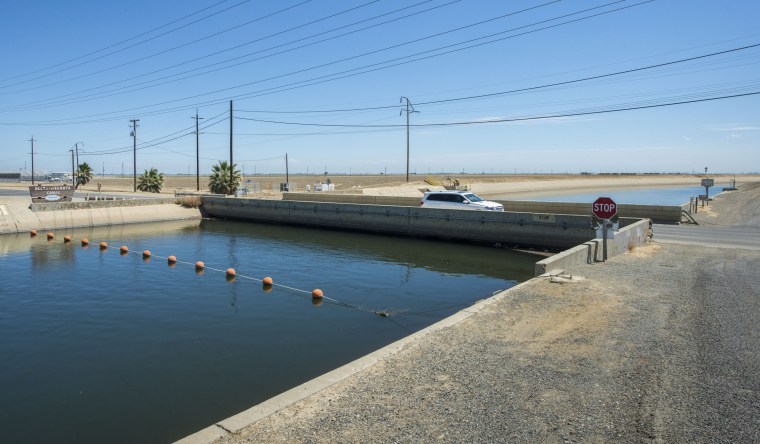Parts of the San Joaquin Valley in Central California are sinking faster than ever due to excessive groundwater pumping as the state deals with a devastating drought, a NASA report released on Wednesday said. Some areas are experiencing nearly 2 inches (5 cm) of sinking per month, a trend that could damage infrastructure such as bridges, roads and aqueducts, the California Department of Water Resources said in a statement about the report.
The department said long-term sinking has already destroyed thousands of private and public groundwater well casings in the agriculture-dependent valley, adding that over time more sinking could permanently reduce how much water can be stored in the underground aquifer.
"Groundwater acts as a savings account to provide supplies during drought, but the NASA report shows the consequences of excessive withdrawals as we head into the fifth year of historic drought," Department of Water Resources Director Mark Cowin said in the statement. "Because of increased pumping, groundwater levels are reaching record lows - up to 100 feet (30 meters) lower than previous records," he said.

Land sinking, also known as subsidence, has happened in the state for decades due to groundwater pumping during drought conditions, but NASA's report showed that the sinking is occurring faster now. The statement said Governor Jerry Brown's drought task force will work with communities on how to slow the sinking rate and deal with risks to infrastructure. The department also said it will launch a $10 million program to bolster conservation. The department said that program would be funded through the $7.5 billion water bond passed by state voters last November, which was the most significant statewide investment in water supply infrastructure in decades.
Related: Great Balls of Plastic: Shade Spheres Floated in L.A. Reservoirs
The department said it would also conduct a system-wide evaluation of subsidence along the California Aqueduct after finding areas in several Central California counties had sunk more than 1.25 feet (38 cm) in two years. The data for NASA's report, which was prepared for the department, was based on satellite imagery showing changes to the Earth's surface over time.